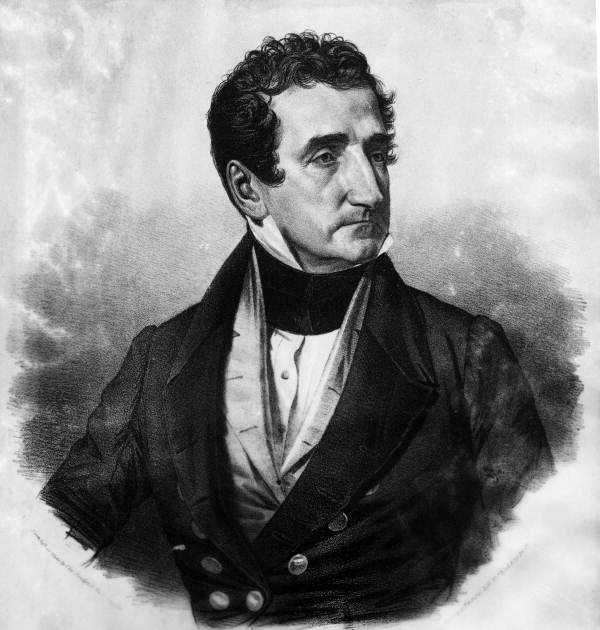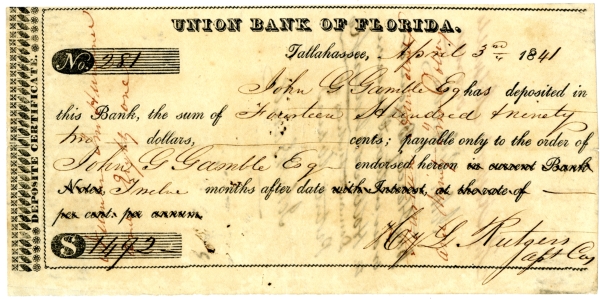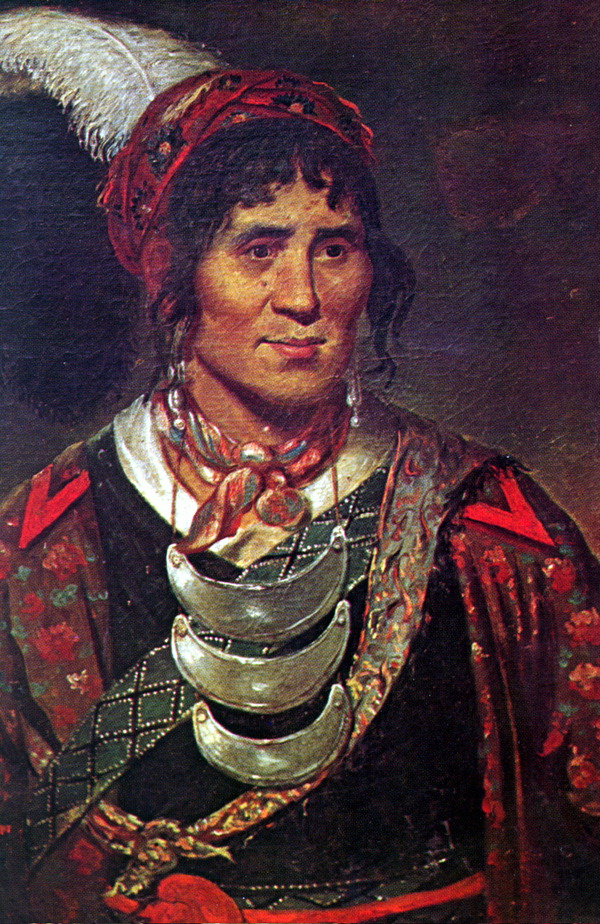Description of previous item
Description of next item
Joseph M. Hernandez: A Famous Florida First
Published September 9, 2020 by Florida Memory
In the days when Florida was still a territory rather than a state, almost all its most prominent leaders were from other states. None of the territorial governors were born in Florida, nor were most of the early legislators. Joseph M. Hernandez was an interesting exception. He was not only a native Floridian, but also of Hispanic descent. In fact, when he represented Florida as territorial delegate in the House of Representatives in 1822-1823, that made him the first person of Hispanic descent to serve in Congress.
Joseph Martin Hernandez was born José Mariano Hernandez on May 26, 1788 in St. Augustine, which was then the capital of the Spanish province of East Florida. At least one of his parents was descended from Minorcan laborers who were brought to Florida during the British colonial period by Dr. Andrew Turnbull to work on his plantation at New Smyrna. Hernandez married Ana Maria Williams, widow of the prominent sugar planter William Williams who had died in 1808. The growing Hernandez family acquired three plantations along the Matanzas River in the 1810s, including Mala Compra near present-day Palm Coast, Bella Vista on adjoining lands to the north, and St. Joseph farther south. Mala Compra was planted mainly in cotton, while Bella Vista grew oranges and St. Joseph was focused on producing sugar. Hernandez also obtained land grants on the St. Johns River, including about 10,000 acres surrounding Salt Springs in what is now the Ocala National Forest.

Excerpt of a map of Mala Compra, a plantation owned by Joseph M. Hernandez. Click or tap the image to view a larger, complete version of the map.
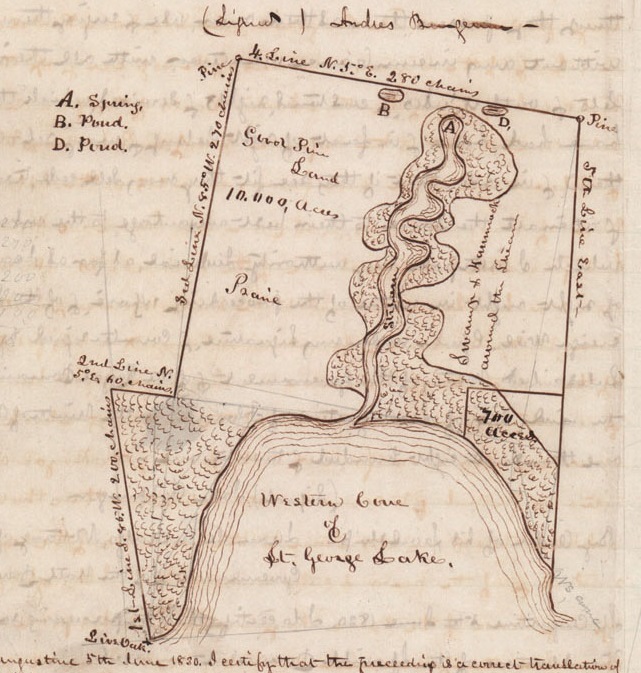
Excerpt of a map of Joseph M. Hernandez's claim to about 10,000 acres surrounding Salt Springs in what is now Marion County. Click or tap the image to view a larger, complete version of the map.
When Spain transferred Florida to the United States in the Adams-Onís Treaty of 1821, many Spanish citizens chose to leave. Hernandez, however, stayed, Anglicized his name and became an American citizen. He quickly became involved in politics, and was appointed by Florida’s first legislators to be the territory’s delegate to the United States House of Representatives. This secured him the additional honor of being the first person of Hispanic descent to serve in Congress.
Because Florida was not yet a state, Hernandez was not permitted to vote in the House, but he could speak on Florida’s behalf and lobby voting members of Congress to help pass legislation benefitting the territory. He served as territorial delegate from September 1822 to March 1823, when he was succeeded by Richard Keith Call. In those early days, members of Florida’s territorial legislature were appointed by the President rather than elected by the people, and President James Monroe recognized Hernandez’s capacity for public service by giving him just such an appointment when his time in Washington was complete. When the territorial legislative council met in 1824, the members selected Hernandez as their president, a post he held until he resigned the following year.

Florida's first permanent capitol building in Tallahassee, as sketched by Francis, Comte de Castelnau (circa 1842).
Like his contemporaries, Joseph Hernandez was deeply interested in Florida’s internal development. He was an early advocate for constructing canals to facilitate the transportation of cotton and other products from the interior to the coast. He was also a director of the Union Bank, which was established by planters to help finance large-scale plantation agriculture and projects that benefitted it.
Hernandez was also a military leader. He was appointed brigadier general of the territorial militia troops in East Florida in 1823, although very few men were actually part of the regular “enrolled” militia system at that time. His most memorable service was during the Second Seminole War (1835-1842), in which the regular United States Army and Florida’s militia attempted to expel the Seminoles from the territory. Hernandez used his three plantations along the Matanzas River as staging grounds for his East Florida troops, which led to significant damage to the property, both from the occupying soldiers and clashes with the Seminoles.
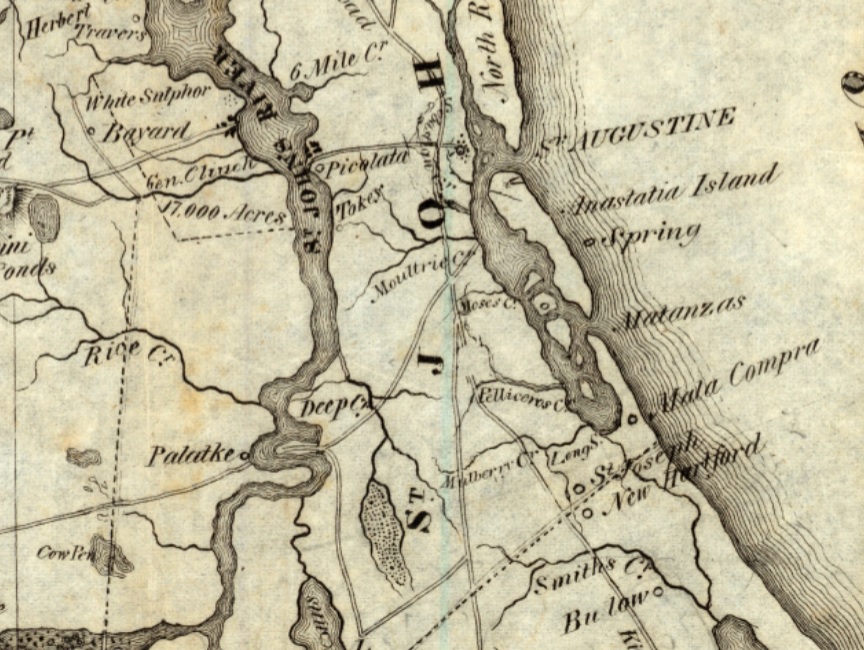
Excerpt of John Lee Williams' 1837 map of Florida showing the St. Augustine, including the location of Mala Compra and St. Joseph, two of Joseph Hernandez's plantations. Click or tap the image to view a zoomable version of the entire map.
The most infamous episode in the general’s military career occurred in October 1837, when he captured the Seminole chief Osceola near St. Augustine. Osceola and other leaders had sent word to the commander of U.S. troops in Florida at that time, General Thomas Sidney Jesup, that they wanted to parley and potentially negotiate a truce. The general had recently apprehended two other Seminole leaders under a white flag of truce—a serious breach of the usual rules of war—and now decided to do the same with Osceola. Jesup tasked Joseph Hernandez with arranging a meeting with Osceola near Fort Peyton, located about 5 miles south of St. Augustine on the King’s Road. The Seminole leaders who showed up flew a large white flag over their camp, but Hernandez still apprehended chiefs Osceola and Coe Hadjo following a brief conference. Osceola was imprisoned first in St. Augustine at Fort Marion and then later at Fort Moultrie in Charleston, where he died. Floridians generally praised Jesup for his conduct, but elsewhere around the United States the general was lambasted for taking Osceola by such an underhanded method. Jesup’s career survived an onslaught of calls for his censure or removal, but he was still writing defenses of his actions 20 years later.
Although Joseph Hernandez had been the officer who set the actual trap for Osceola, most observers chalked up his involvement to following orders and his reputation emerged from the scandal relatively unscathed. He spent the next few years lending his energies to the Union Bank and in 1848 was elected mayor of St. Augustine. When Florida attained statehood in 1845, Hernandez ran for election to the United States Senate as a Whig, but legislators chose two Democrats, David Levy Yulee and James D. Westcott, to represent the new state.
In the early 1850s, Joseph Hernandez relocated to Matanzas, Cuba, where one of his sons had established a sugar plantation called Audaz. He died there in June 1857. The remains of two of his former plantations in Florida are now features of public parks. Mala Compra has been incorporated into Bing’s Landing County Park in Flagler County, and visitors can view the building foundations and other features recently uncovered by archaeologists. Farther north, some of the land from Bella Vista has been incorporated into Washington Oaks Gardens State Park.
Cite This Article
Chicago Manual of Style
(17th Edition)Florida Memory. "Joseph M. Hernandez: A Famous Florida First." Floridiana, 2020. https://www.floridamemory.com/items/show/346006.
MLA
(9th Edition)Florida Memory. "Joseph M. Hernandez: A Famous Florida First." Floridiana, 2020, https://www.floridamemory.com/items/show/346006. Accessed March 25, 2025.
APA
(7th Edition)Florida Memory. (2020, September 9). Joseph M. Hernandez: A Famous Florida First. Floridiana. Retrieved from https://www.floridamemory.com/items/show/346006

 Listen: The World Program
Listen: The World Program